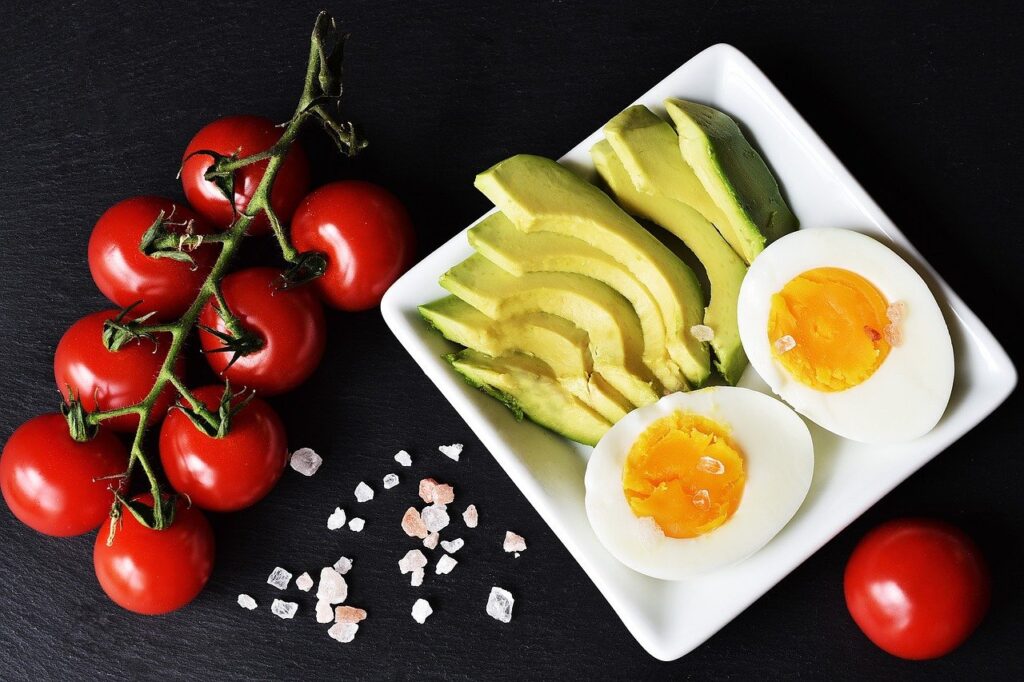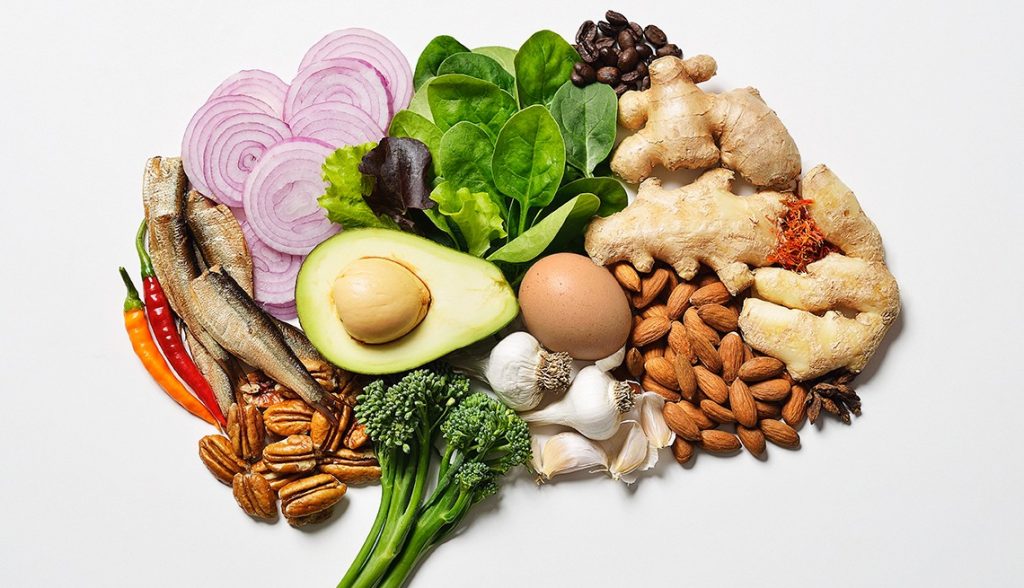
Contents
cLots of love to everyone on a beautiful day… In our previous article, we told you about “Vegan” and “Vegan Diet“. This article will be on the “Ketogenic Diet”. Happy reading…
The Ketogenic Diet
The ketogenic diet, also known colloquially as the Keto diet, is a diet that has become very popular in recent years. The ketogenic diet, which is preferred by those who want to lose weight fast, accelerates weight loss by enabling the body to obtain the energy it needs from fat instead of sugar.
What is the Ketogenic Diet?
While the ketogenic diet was recommended by doctors in the past to help treat certain diseases, it is a diet that has become popular today with the emergence of rapid weight loss. Due to its popularity recently, there is a subject that everyone is curious about: What is the ketogenic diet? The answer to this question is quite simple. The ketogenic diet is basically a diet consisting of a low carbohydrate, high protein and fat distribution. It is this nutrient distribution that distinguishes it from other types of diets and makes it so interesting. While many weight loss diets remove fat from their menus, the keto diet takes the lead. The bans of other diets form the macros of the ketogenic diet.
Although there are many people who follow this diet both in our environment and on social media, not every body type can see the same benefit. Under normal conditions, since the body meets its energy needs with carbohydrates, it turns to fat cells when carbohydrates are cut. In case of insufficient protein and fat intake, fat cells stored in the liver can enter the circuit. This situation can be considered a risk for those with liver disease. The biggest disadvantage of the ketogenic diet is that its sustainability is low compared to other types of diets. Since it is difficult to apply and can cause harm to the body, the keto diet must be applied with doctor’s control.

How to Do a Ketogenic Diet?
Every diet is based on basic energy sources. These energy sources, called macros, meet the energy needs of the body by sharing them among themselves. The answer to the question of how to make a ketogenic diet can be explained through these macro values. The macro values in the keto diet are 5% fat, 25% protein and 70% fat. Because it is based on high fat consumption, the ketogenic diet list consists mostly of healthy fats. The foods that form the basis of the ketogenic diet list are:
- Seafood
- Low-carb vegetables
- Cheese
- Avocado
- Red and white meat
- Egg
- Coconut oil
- Yogurt
- Olive oil
- Nuts
- Unsweetened tea and coffee
- Dark chocolate

Although the keto diet is quite liberal compared to other diet types, there are some foods that must be avoided in this diet, as in any diet. The keto diet specifically recommends keeping carbohydrate consumption to a minimum. Apart from this, sugar, which the body uses as another source of energy, is not recommended in this diet. Some foods to avoid in ketogenic recipes are:
- Sugar (sodas, juice, smoothies, etc.)
- Cereals (rice, wheat, pasta, etc.)
- Fruits (all fruits except red fruits such as strawberries)
- Root vegetables (potatoes, carrots, etc.)
- Alcohol
- Legumes (chickpeas, beans, etc.)

Ketogenic Diet Tips
Whether it is to lose weight or solve health problems, a dietitian should be consulted before starting a diet. When applied together with the control of a doctor and dietitian, both maximum efficiency can be obtained and risks that may occur can be prevented. While applying the keto diet, it is recommended to follow a path that is suitable for the person’s eating habits. Although confusing for beginners, you can clear your doubts with tips on the ketogenic diet.
- Before starting the diet, create your nutrition plan and stick to it.
- Calculate your fat, protein and carbohydrate values day by day.
- Your daily intake of carbohydrates should not exceed 20 grams.
- Drink at least 10 glasses of water a day.
- Take care to sleep regularly.
- Exercise at least 30 minutes a day.
- Do not be afraid of fatty foods.








